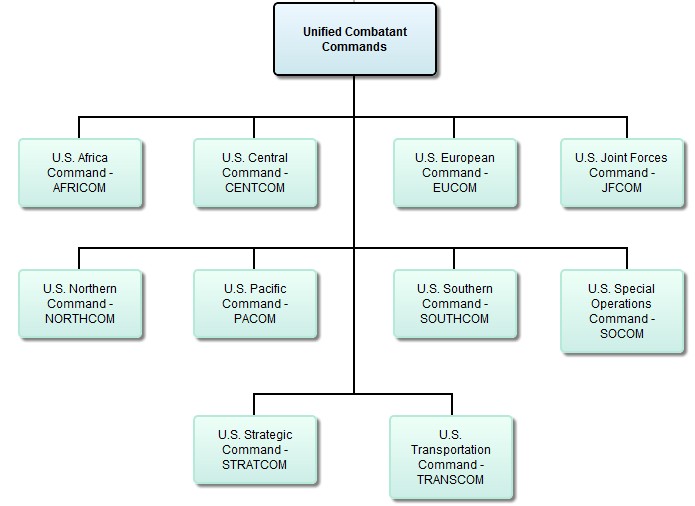Knowing the players and building contact lists
| Schedules Matter | Buildig Contacts | Building Phones Lists |Key Records & Stats |
Half the battle in reporting on the military is knowing the players and building contact lists before a crisis erupts in your area because once it does, it is very difficult to get through to a military public affairs official, much less a key participant.
Know their schedules
A key rule to remember: The military is on a different clock than reporters. It’s much more than the military use of 24-hour time – – i.e. 1300 hours for 1 p.m. If you cover the military, get used to making calls in the 6:30 a.m. to 8:30 a.m. range.
Your chance of getting a military public affairs officer after 8:30 a.m. drops greatly after 9:00 a.m., leaving you a small window. So early-morning calls are most effective. PAOs don’t seem to return calls or be available until after 5:30 p.m. – – always away at meetings, it seems.
To help solve this problem, build up your e-mail contact list early.
Build your contact list
If all you have is a name, here are the current military locator numbers to check if the person is in service.
- Air Force (210-565-2660)
- Marine Corps (703-784-3942)
- Navy (866-827-5672)
The Army has two numbers:
- To get all releasable information about service members such as when they entered, awards and rank, call the Human Resources Command ( 502-613-4416/4212). The command can also give you the date for recent retirees.
- If you want to contact a soldier, you need to leave information, such as a phone number or e-mail, with the Command’s Customer Service number (800-833-6622).
It helps be accurate on ranks. Here are details on each branch:
Phone lists
Knowing the players in your region is like covering the fire department before a four-alarm fire. Make face-to-face contact and gather e-mails, cell phone numbers, wire diagram charts and directories of bases beforehand.
If your base has a unit deployed overseas, find out who heads any associations charged with family support. They can be valuable in an emergency.
Your reporting will also inevitably involve calling “The Pentagon.”
Below is the latest telephone listing of public affairs officers, broken down by joint command and team. It was updated in January, 2011, so specific names may or may not still be accurate, but phone numbers should be. The chart of joint commands should help you decipher the list (here’s a geographic breakdown). To decipher other acronymns, search the Dictionary of Military Terms.
[field name=”fones”]
[field name=”DOD”] Another source for contact information is the U.S. Government Manual, which is updated annually and is available by chapter as text or PDF.
The manual covers major departments and agencies and includes leadership names and main phone numbers, as well as high-level organizational charts and an overview of the department’s responsibilities.
At right is the Department of Defense chapter from the manual.
KEY RECORDS and STATS
Contractor deaths
One of the largely uncovered legacies of the Iraq and Afghanistan wars is contractor deaths and injuries.
Under a World War II-era law called the Defense Base Act, contractors are required to carry death and injury insurance. The government reimburses companies for the premiums. In many cases, if the injury or death is war-related, insurers also will be reimbursed as well for the full cost of benefits plus 15 percent in administrative fees.
I have written stories about contractors, such as KBR, alleged to have submitted inflated premiums for reimbursement and alleged excessive profits by insurance carriers such as AIG. ProPublica has written extensively about the plight of workers denied benefits by major insurance carriers and contractors failing to report injuries and death in a timely manner.
You can track these issues in your area by looking at the Department of Labor Office of Workers’ Compensation Office website. It lists totals of injuries and deaths by company, location and carrier.
ProPublica’s “Disposable Army” series gives names of attorneys specializing in DBA claims.
Obtaining military records/fakes
Covering the military more and more involves uncovering instances of “fake valor,” or an exaggerated military record.
Here are three good stories to review for technique and context:
- Washington Post: Exposing Falsified Valor.
- Financial Times: Mock Heroics.
- New York Times: On A Sworn Mission Seeking Pretenders to Military Heroism.
Here’s how to get the official breakdown of a person’s military record from the National Personnel Records Center in St. Louis. (Official request form).
- Send a fax on company letterhead to the center’s “emergency line” – – 314-801-0763. Write “Attention: Customer Service, Media Request.” Include a return fax number and mail address.
- Outline who you are, provide a deadline and ask for “all information under FOIA” on the person. At minimum you need name, middle initial, date and place of birth and branch of service.
- Within three days, the center will work to compile a Form 13164 that lists the military record, including locations served, and any medals or commendations.
DoD Personnel and Procurement Reports and Data Files
A plethora of statistics about military and civilian personnel and procurement is available from the Department of Defense’s Statistical Analysis Division. Key topic-level pages at which to begin your searches are below.
- Procurement (2006 and earlier)
- Procurement (2007+)
- Military casualty data
- Military personnel statistics
- Civilian personnel statistics
Other helpful military-related links
- A list of military journals in your area of coverage.
- DOD News Via E-Mail
- RSS Feeds
- Podcasts






